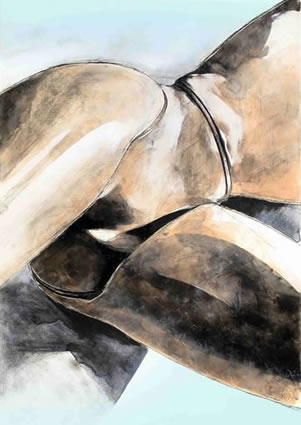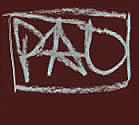



Fashion This section examines the fashion doll as a cultural artefact. Does it represent physically unrealistic and vacuous women - or financial, cultural and aspirational freedom for women?
The exhibition challenges the idea that a mannequin is simply a figure used to display clothes. The various functions, forms and meanings of mannequins from early wax figures, through more life-like female forms, such as Adel Rootstein’s Twiggy and other supermodels, to ultra-real modern mannequins are examined; and the erotic qualities of the mannequin, as an idealised female form, raise interesting questions.
Man Ray’s photographs of mannequins by Marcel Duchamp and Joan Miro show the influence of Surrealism in the 1920s and 1930s. These contrast with the series of ‘Tragic Beauties’ of that date, photographed by Barbara Abel, of mannequins modelled on real human figures.
Hans Bellmer was inspired by French and German 19th century fashion dolls, which were made with ball-joints so that the limbs could be moved. He developed this idea, along with the surrealist interest in automata and the uncanny, to create two armless ball-jointed dolls, which he could position and photograph in many ways.
Toy production and marketing was one of the most significant influences on gender perception in the late 20th Century. The exhibition compares Barbie with the Bild Lilli doll – the original Barbie. Bild Lilli was based on a 1952 cartoon character from the German newspaper Bild-Zeitung: classy, sexy, desirable and in the tradition of Marlene Dietrich’s role in Blue Angel. A doll based on this character was sold in tobacconists to adult males rather than as a children’s toy.